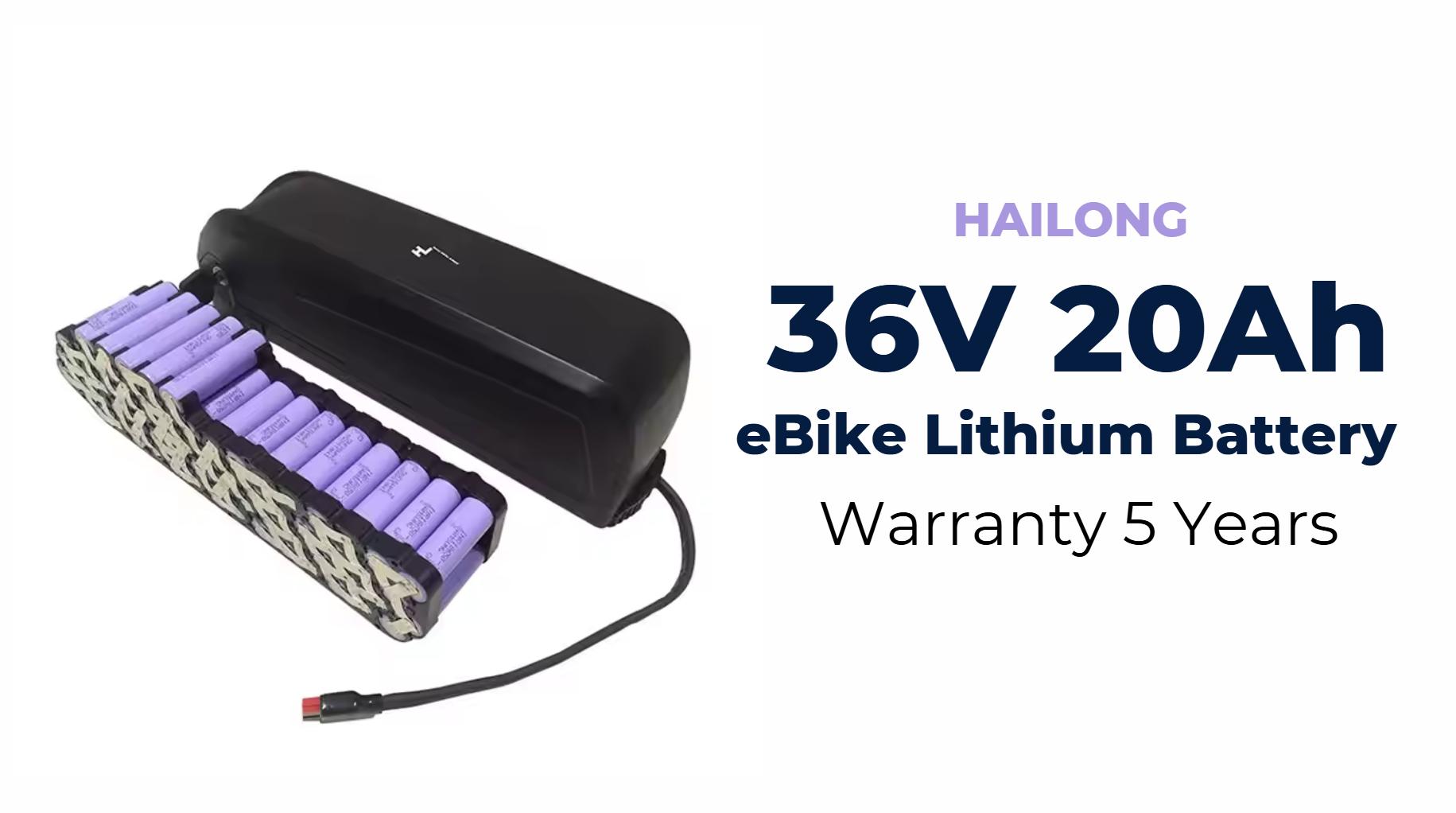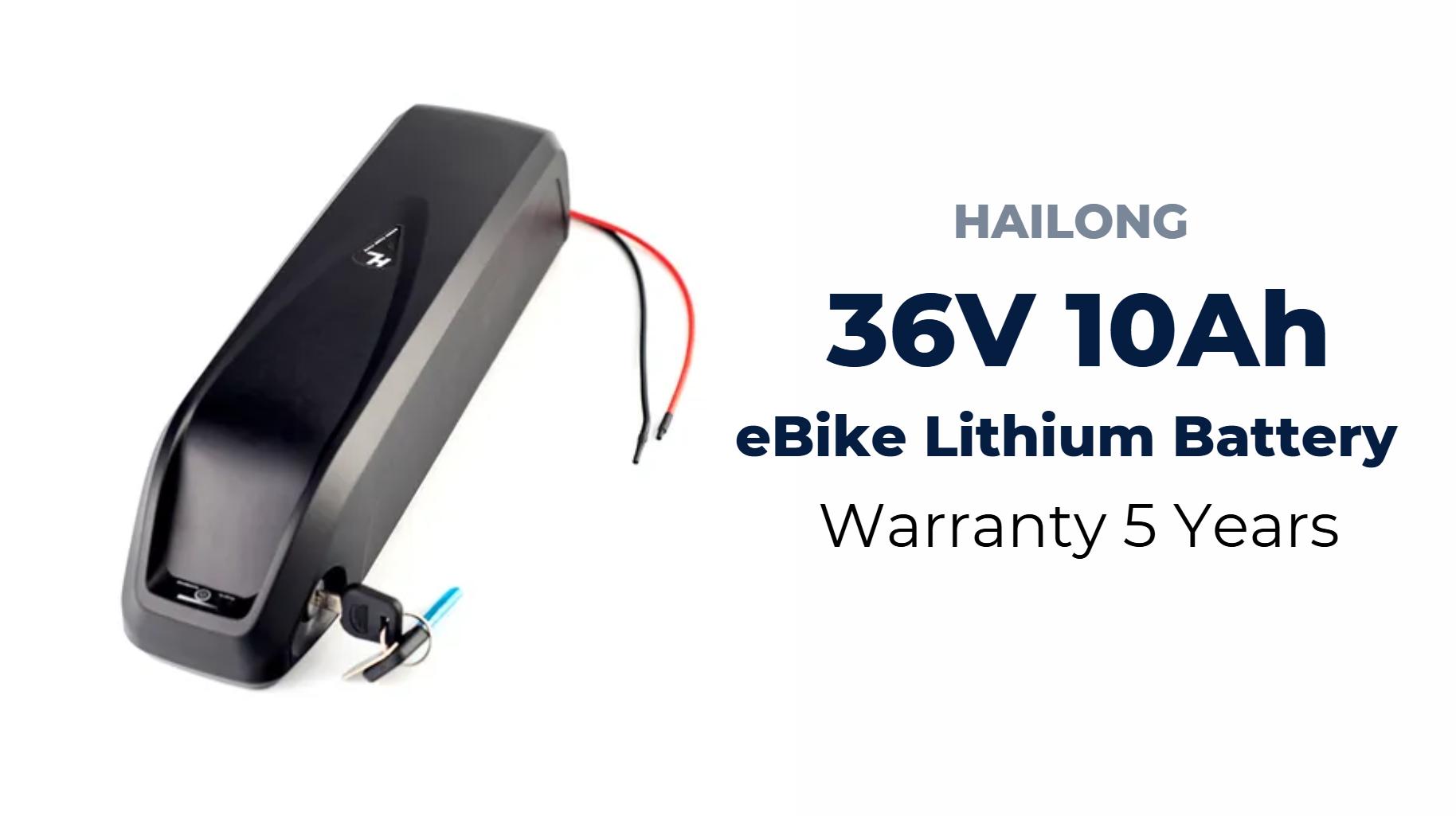How Do Battery Management Systems (BMS) Protect Lithium Batteries?
Battery Management Systems (BMS) protect lithium batteries by monitoring their health and implementing safety protocols such as overcharge protection, temperature regulation, and cell balancing. These systems are essential for ensuring optimal performance and longevity of lithium batteries used in various applications.
What Is a Battery Management System (BMS)?
A Battery Management System (BMS) is an electronic system that manages and monitors the performance of lithium batteries:
- Functionality: It tracks critical parameters such as voltage, current, temperature, and state of charge (SoC).
- Safety: The primary role is to prevent unsafe operating conditions that could lead to battery failure or hazards.
Chart Title: Overview of BMS Functions
| Function | Description |
|---|---|
| Monitoring | Tracks voltage, current, temperature |
| Protection | Prevents overcharging and overheating |
| Balancing | Ensures even charge distribution among cells |
How Does a BMS Monitor Battery Health?
The monitoring capabilities of a BMS include:
- Real-Time Data Collection: Continuously gathers data on individual cell voltages and overall pack performance.
- Alerts: Sends notifications when parameters exceed safe thresholds.
- Data Logging: Records historical data to analyze performance trends over time.
Chart Title: Monitoring Capabilities
| Capability | Description |
|---|---|
| Real-Time Data Collection | Continuous tracking of battery metrics |
| Alerts | Notifications for parameter breaches |
| Data Logging | Historical data analysis |
What Protection Mechanisms Are Integrated into a BMS?
A robust BMS includes several protective features:
- Overcharge Protection: Automatically disconnects charging when voltage exceeds safe limits.
- Overdischarge Protection: Cuts off power when voltage drops too low to prevent damage.
- Temperature Control: Monitors temperature to avoid overheating or freezing conditions.
Chart Title: Protection Mechanisms Overview
| Mechanism | Function |
|---|---|
| Overcharge Protection | Prevents excessive voltage during charging |
| Overdischarge Protection | Stops discharge at critical low voltage |
| Temperature Control | Monitors heat levels to ensure safety |
Why Is Overcharge Protection Critical for Lithium Batteries?
Overcharge protection is vital because:
- Risk Mitigation: Prevents excessive pressure buildup within cells that can lead to thermal runaway or explosion.
- Battery Longevity: Helps maintain capacity by avoiding stress on battery chemistry.
How Does Temperature Monitoring Work Within a BMS?
Temperature monitoring functions include:
- Real-Time Tracking: Continuously measures cell temperatures during operation.
- Safety Protocols: Automatically disconnects charging or discharging if temperatures exceed predefined limits.
Chart Title: Temperature Monitoring Functions
| Function | Importance |
|---|---|
| Real-Time Tracking | Ensures safe operating conditions |
| Safety Protocols | Prevents damage from overheating |
Conclusion
Battery Management Systems (BMS) play an essential role in protecting lithium batteries by monitoring their health and implementing safety features like overcharge protection and temperature regulation. Understanding how these systems work can help users maximize battery life while ensuring safe operation across various applications.
Expert Views
“Battery Management Systems are critical for ensuring the safety and longevity of lithium batteries. They provide real-time monitoring and protective measures that enhance performance while mitigating risks,” states an expert from Redway.
FAQ Section
- What is the primary function of a Battery Management System?
A BMS monitors battery health, manages charging and discharging processes, and implements safety protocols. - How does overcharge protection work?
It disconnects the charging circuit when voltage exceeds safe limits to prevent damage. - Why is temperature monitoring important?
It prevents overheating by disconnecting power if temperatures exceed predefined thresholds.


